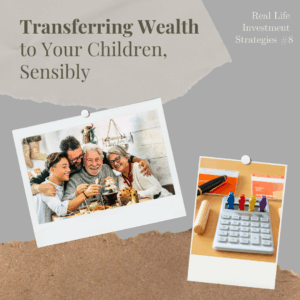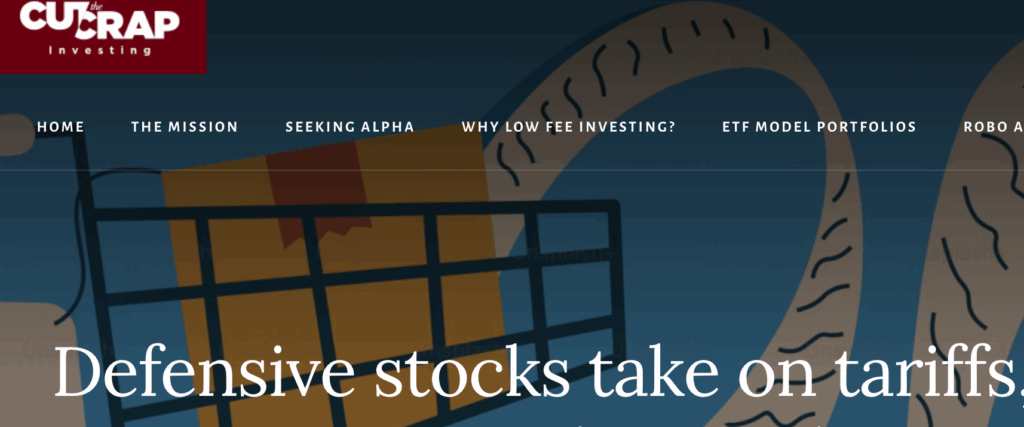Utility investments typically benefit from stronger economic activity, and a top Canadian utilities ETF will let you take advantage of this: if you watch for low fees and sound stock holdings

Utility stocks are shares in companies that provide electric power, telecommunications, pipeline services and so on. Canadian utility shares have always been great sources of tax-advantaged distribution income.
While most utility stocks are steady income producers, some utilities also offer opportunities for growth. This happens mostly when utilities expand into new markets or geographic regions.
We still feel that investors will profit the most with a well-balanced portfolio of high-quality individual stocks, but ETFs can also play a role in a portfolio.
Holding utilities, or a Canadian utilities ETF, can be a sound component of most investor portfolios.
What kind of companies are included in Canadian utilities ETFs?
Canadian utilities ETFs typically include companies from several sectors, such as electric utilities providing power generation and distribution, natural gas utilities, water utilities, telecommunications companies, and pipeline operators that transport energy resources.
What are the risks of investing in Canadian utilities ETFs?
The main risks of investing in Canadian utilities ETFs include regulatory changes that could affect utility companies’ profitability, interest rate sensitivity that can cause price drops when rates rise, and concentration risk if the ETF is heavily weighted toward a few companies or specific utility subsectors.
Characteristics of the best utility investments
The best utility stocks, or ETFs that hold them, can deliver predictable, lower-risk dividends.
Traditionally, the utilities sector is said to suffer when interest rates rise: or if the market is worried about a rise.
This is because utilities typically have a lot of debt as part of their capital structure, and higher rates make it more expensive to raise money and refinance existing debt. As well, their shares, which typically offer high yields, compete with fixed-income instruments for investor interest.
However, higher interest rates are usually accompanied by increased economic activity and growth. That stronger economic activity is good for utilities: It pushes up demand for their power and so on and at the same time boosts the electricity rates they charge their customers.
Regardless of those positives, as interest rates rise, investors often sell off, or avoid, utilities stocks, and that can push down their price. Given the formula for dividend yield — specifically, annual dividend rate/stock price — a falling stock price (the bottom number in the fraction) pushes up the yield. In other words, when the stock price goes down, its dividend yield goes up.
How are Canadian utilities ETFs structured?
Canadian utilities ETFs are typically structured to track specific indexes using different weighting methodologies, with equal-weight and market-cap approaches being the most common.
When looking for investments in the utility sector, investors should avoid judging a company based solely on its dividend yield. That’s because a high yield can sometimes be a danger sign rather than a bargain. For example, a company’s dividend yield could be high simply due to its share price having dropped sharply (because you use a company’s share price to calculate yield). That low price can be a sign of an imminent dividend cut.
Apart from a good dividend yield, the utility stocks you invest in should have a long history of paying (and raising) their dividends. For a true measure of stability, focus on those companies that have maintained or raised their dividends during economic and stock-market downturns.
Are Canadian utilities ETFs a good investment for stability and income?
Canadian utilities ETFs typically provide stable income through consistent dividends and lower volatility compared to broader market investments, making them generally suitable for investors seeking stability and regular cash flow.
The best ETFs are focused on simple goals. Instead of picking and trading investments, operators of these ETFs manage investors’ money “passively,” with the goal of duplicating the performance of a market index. This lets the operator charge very low MERs (management expense ratios) compared to an average MER on conventional mutual funds of 2%-3%. Continue Reading…











